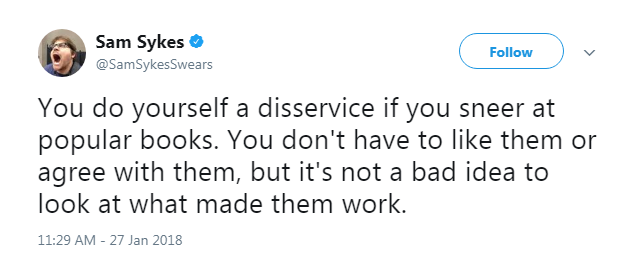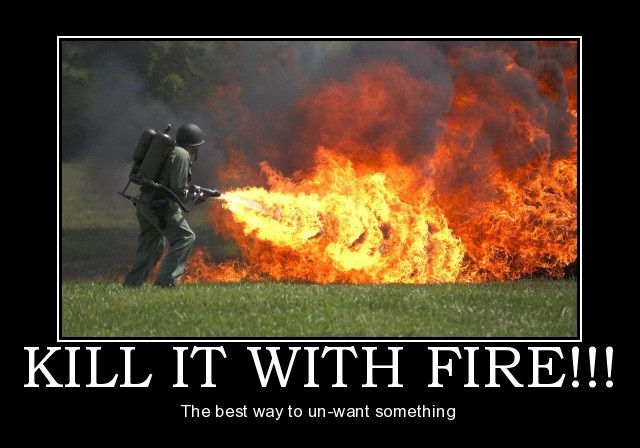In my last post, I began reviewing three of the works of author Vladimir Nabokov, starting with Pale Fire. Today I’ll be reviewing the author’s best-known and most controversial work, Lolita. Grab a cup of something caffeinated and buckle up, because this is going to be a long one.
Content warning for pedophilia, sexual assault, child abuse, domestic abuse/domestic violence, gaslighting, misogyny, and racism. This review pulls no punches, and I’m not going to gloss over any of the ugliness espoused within this book.
It’s not surprising to me that despite his pedigree, writing career, and status in society, Vladimir Nabokov initially had a hard time finding a publisher willing to print this story. What does surprise me is the literary acclaim it garnered later, and the starry-eyed praise it received. Take this quote from the back cover of the copy I borrowed, for example:
“The only convincing love story of our century.” –Vanity Fair
I’d like to have a word with whoever approved using this quote to describe Nabokov’s ode to pedophilia– because, out of all the things Lolita is and isn’t, the thing it absolutely isn’t the most is a love story.
Perhaps the best lesson that can be taken from the accolades this story has received is just how deeply entrenched and socially normalized pedophilia is– and how badly that needs to change.
Continue reading “Vladimir Nabokov Part Two – Lolita” →

